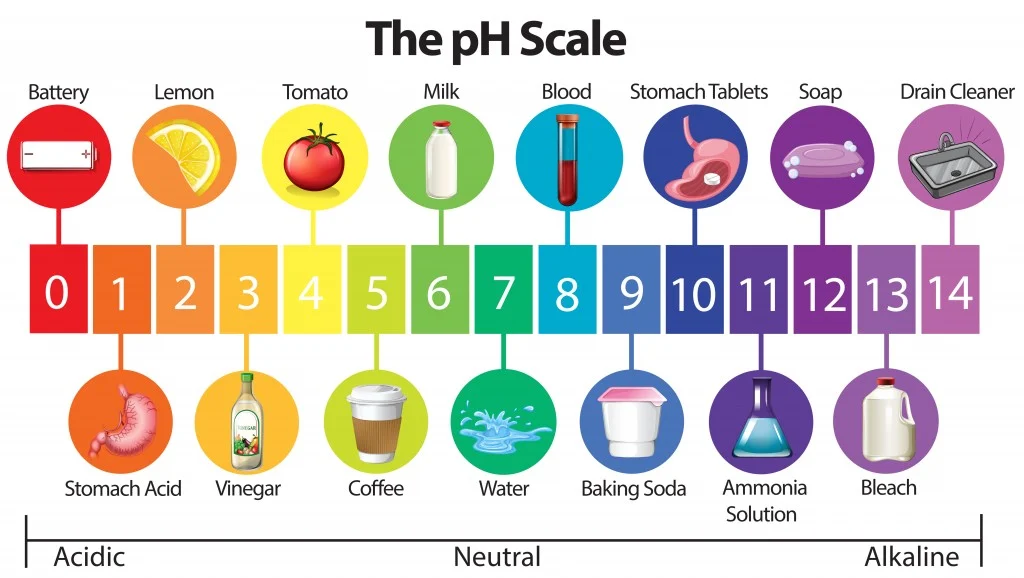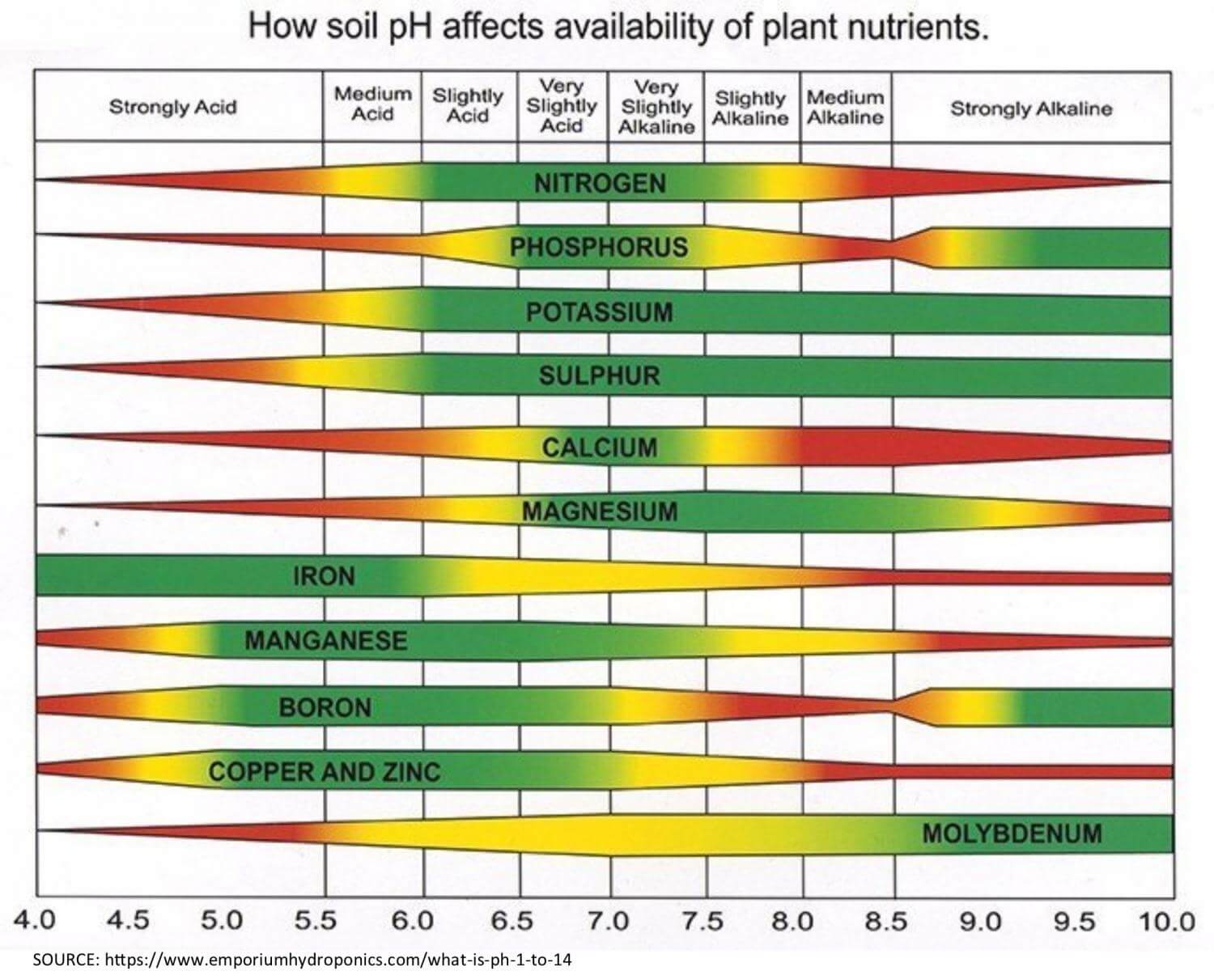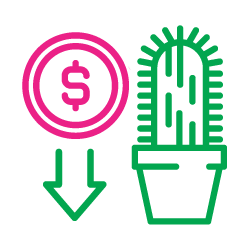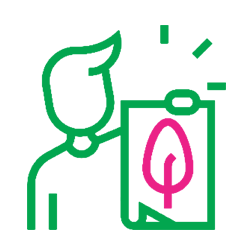Just like for our own bodies, soils are almost living things that also need the right balance of nutrients to live a happy and healthy life. Because plants live in this soil environment and absorb from it a large majority of what they need to grow and thrive, it pays to have your soil’s health up to standard! The pH of the soil plays a large part in the availability of key nutrients, and therefore the survival of our plants.
What does pH mean?
pH is a unit of measurement. It stands for ‘potential of hydrogen’ (or ‘power of hydrogen’). Without getting too sciencey, it just measures, on a scale of 1 to 14, how acidic or alkaline a substance is, 7 in the middle being neutral.
Why is soil pH important?
The pH of your soil will dictate how much of any particular nutrient your plant will absorb. Sounds complicated! But the table below highlights what happens in highly acidic soils all the way up to highly alkaline soils. As you can see there is generally a sweet spot, around the 7 or ‘neutral’ mark, where all nutrients are at their most available.
If the soil is too acidic, nutrients such as phosphorus, calcium and magnesium become less readily available, whereas boron, iron and manganese are abundant. Almost the complete opposite happens when the soil is too alkaline. And in both extremes, nitrogen won’t be absorbed, which is one of the most important of all the nutrients as all plants need this to grow their foliage!
Some plants prefer a slightly acidic soil such as gardenias and blueberries. The acidity can improve the flavour of berries or improve the blooms on the gardenia.
On the other hand, there are many plants that enjoy a more alkaline soil. This includes hyacinths and many members of the Brassica family such as kale, sprouts and broccoli.
Then you have plants like the Hydrangea that will change the colour of its flower depending on the acidity or alkalinity of the soil. They’re a very good indicator of what pH soil you have!
Otherwise, you will find the majority of plants will survive and thrive in soils ranging from 6-7.5 pH. To be on the safe side, always check what soil your plant prefers. You can ask one of our friendly staff for assistance, or our product information online will sometimes mention the best pH for your plant.
For more on soil types and how to check what soil type you have, see our info page here.
Can I change the pH of my garden soil?
Absolutely! But a word of caution. It is difficult to maintain an acidic soil if it is naturally alkaline and vice versa. Soil will naturally revert back to its natural state as the plant absorbs the nutrients you’ve added to make it acidic or alkaline. So you will have to add soil amendments to your garden every season to maintain the desired pH.
We suggest that it’s always best to plant the appropriate plant for the spot. So don’t go planting gardenias in an alkaline soil! You’re going to create yourself a vast amount of work and cost yourself a fortune.
For more on soil amendments, click here.














